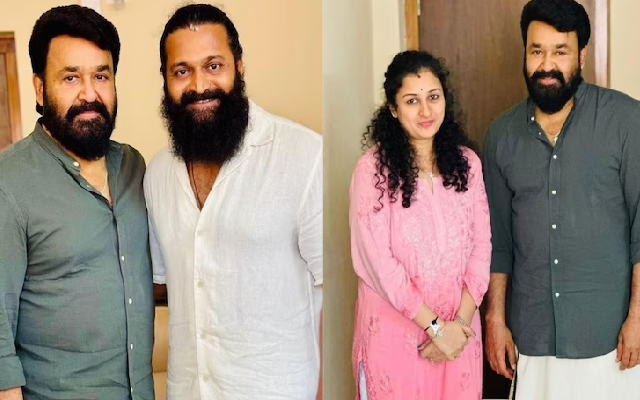 Dubai: On Tuesday morning, Indian yogi Jaggi Vasudev, popularly referred to as Sadhguru found himself muddled in a Twitter debate. A controversial clip, of his remarks about mother’s milk and how a mother produces different “type of milk” from each breast if she gives birth to opposite sex twins, went viral among Indian tweeps.
Dubai: On Tuesday morning, Indian yogi Jaggi Vasudev, popularly referred to as Sadhguru found himself muddled in a Twitter debate. A controversial clip, of his remarks about mother’s milk and how a mother produces different “type of milk” from each breast if she gives birth to opposite sex twins, went viral among Indian tweeps.
The video that was tweeted on February 16 was apparently from a 2017 gynecologists’ conference where Sadhguru was a guest speaker.
Tweep @IndianAtheists posted the video with the caption: “When a woman delivers twins, one breast will produce one type of milk and the other will produce other type of milk” – Actual quote from Jaggi. This guy is invited to national conference of gynecologists as a speaker.”
Many mocked Sadhguru for his comments with some calling him a “gyanocologist” (gyan is a Sanskrit word for knowledge).
— Zeeshan (@Zee_Siddiq) February 17, 2020
Sadhguru JV says, a mother’s breast produces different kinds of milk depending upon whether the baby is a boy or girl. If they’re twins (one boy, one girl) each breast produces different kind of milk.
Sadhguru JV has so much ‘gyan’ that he thinks he’s a ‘gyanocologist.’
— PuNsTeR™ (@Pun_Starr) February 18, 2020
My intelligence hurts after watching the Sadhguru clip quoted by @IndianAtheists pic.twitter.com/v51xuL0NZH
— SamSays (@samjawed65) February 17, 2020
But, is it true?
In one part of the video, Sadhguru talks about how human bodies are designed with enough intelligence, for a mother’s body to produce gender specific milk. But, is it scientifically proven?
Numerous tests have shown that levels of fat, protein, vitamins, sugars, minerals and hormones vary enormously from mother to mother, and depending on the infant’s needs. Scientific evidence, through tests done on humans and monkeys, also suggest that milk made for female and male babies is consistently different.
A study by Prof. Katie Hinde, an evolutionary biologist at Harvard University showed that in rhesus monkeys, mothers produce milk with 35 per cent more fat and protein for male babies, and even richer milk when the male was first-born.
But, when mothers fed female babies, their milk was less fatty and had more calcium, probably to support the faster growth of their skeletons. Mothers produced more milk overall for females, and over the course of their breast feeding, they received the same amount of fat as the males.
According to an article that quotes Rachael Kish, a certified lactation consultant and co-founder of Imalac, the nutritional value of the milk a mother produces is based on what each individual baby needs. “According to some research and findings, nursing mothers with boy infants are said to produce milk that is more nutrient dense. However, to my knowledge, breast milk is continuously changing based on the baby’s needs, regardless of their sex. As babies grow, the composition of breast milk will shift and can even vary from feeding to feeding. Breast milk also varies from mother to mother because of one’s personal diet and flavor profiles, but typically not from baby to baby,” she says.
Another study focusing on economically sufficient Kenyan mothers, showed that they produced milk with higher fat concentration for their sons than for their daughters. However, the reverse was true for poorer mothers, where nutrient rich milk was produced for girl babies.
The studies support a 40-year-old theory in evolutionary biology called the Trivers-Willard hypothesis, which states that natural selection favors parental investment in daughters when times are hard and in sons when times are easy.
Different type of milk in each breast?
There are no studies to prove this theory mentioned by Sadhguru. In fact, evolutionary psychologist Satoshi Kanazawa at the London School of Economics and Political Science and his colleague Nancy Segal at California State University, Fullerton studied milk produced for opposite sex (OS) twins. They did so to tackle the gender-specific milk debate.
They reasoned that if mothers were tailoring milk production to optimize the growth and development of boys or girls, mothers of opposite sex twins would be in a biological pickle—they could not simultaneously produce milk tailored for a boy and a girl. Milk for opposite twins could either be tailored for one sex or for neither sex.
The analysis demonstrated that the same sex (SS) twins were taller and bigger than opposite sex breastfed twins explained Dr. Satoshi Kanazawa. However, to confirm if breastfeeding was causing the advantage enjoyed by SS over OS twins, the researchers tested if the advantage would disappear when you take breastfeeding away.
When the data were analyzed to compare never breastfed twin pairs, no significant differences were found in body size between same sex and opposite sex twins. In fact, SS twins tended to be slightly shorter and lighter than opposite-twins.
Scientifically, more research is needed, to confirm the presence of sex bias in human breast milk and the differences in the quality of breast milk in accordance with the conditions of the parents. But for now, the Trivers-Willard hypothesis seems to hold.
Gulf News


















